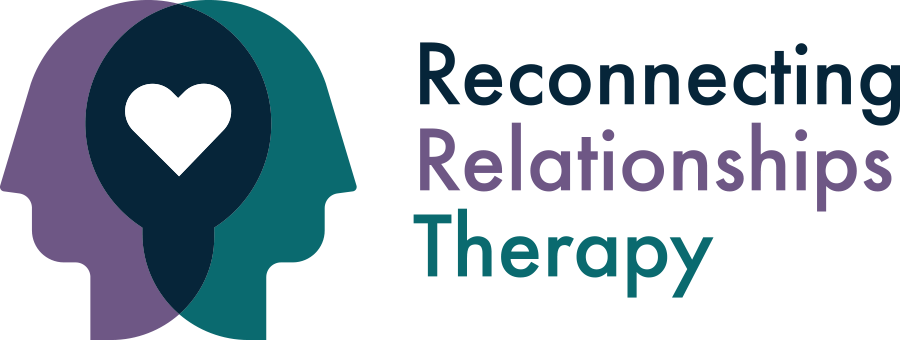Non-suicidal self-injury or self-harm has been around for a long time. “Cutting” was a term commonly used before. This term is no longer used as self-harm and is not just about cutting yourself. The topic is incorporated into books, tv shows, movies and songs (I’m sure). A search on Google or social media can bring up a variety of information on this topic. There is information out there on how to engage in a variety of methods, support for individuals and families, dangers of the behavior and treatment options. This post is going to define non-suicidal self-injury, common misconceptions, and treatment options.
According to the International Society for the Study of Self Injury (ISSS), non-suicidal self-injury (aka self-injury) is the “deliberate destruction of body tissue without suicidal intent and for purposes not socially sanctioned.” Socially sanctioned refers to piercing or tattoos.
Examples of self- harm include: intentional carving of words or symbols, cutting the skin, burning, friction burning, hitting or biting self, pulling out hair, headbanging, multiple tattoos or piercings, embedding objects into the skin, or breaking bones.
Working with individuals who engage in self-harm and having to inform parents or caregivers about self-harm has confirmed some common misconceptions about self-harm. From my own practice and research, here are some of the most common misconceptions:
Only adolescent females engage in NSSI. FALSE: Females and males engage in self-harm. Methods may vary. While it is often considered an “adolescent issue,” it can start in childhood or adulthood. While it may start in adolescence, it does continue into adulthood.
Only people diagnosed with Borderline Personality Disorder engage in self-harm. FALSE: People who have a diagnosis of Borderline Personality Disorder may self-harm. Many individuals who do not meet criteria for this diagnosis also engage in self-harm.
A person has been abused. FALSE: Just like the personality disorder myth, individuals who self-harm may or may not have been abused.
There’s no help available. FALSE: There is help available. Books, trainings, support groups for individuals and caregivers and individual therapy. There are trainings for individuals, families and professionals.
It is a failed suicide attempt. FALSE: This is a common misconception. Many of the clients I have worked with have no intention to commit suicide. Medical attention may be needed if in cases of NSSI.
A person is seeking attention. FALSE: I have heard this from caregivers/parents when they learn their adolescent is engaging in self harm behaviors. The way I talk to parents about it is the adolescent is crying out for help. Treatment is about replacing this unhealthy coping skill with a healthy coping skill.
A person could stop if they wanted to. FALSE: As with any behavior associated with mental health, treatment is recommended for many individuals who self-harm.
Help is available. Individual or group therapy is recommended. Family therapy is also recommended. Involving parents or caregivers in treatment is recommended.
Involving caregivers in treatment is key. Parents may feel shocked, confused, sad, isolated or guilty. Parents may experience secondary stress as NSSI is often not visible, can be chronic and, as mentioned above, parents may feel isolated as they fear how others will react. Just like with any mental health issue, educating parents and families about NSSI is key. Having parents involved in treatment is important too especially around communication. Finding support for parents helps too.
Here are some resources:
Healing Self- Injury – J. Whitlock, Ph.D. & Elizabeth Lloyd-Richardson, Ph.D.
Self-Injury Recovery & Resources: Great resources for individuals, caregivers, and therapist
Melissa K. Zawisza, LCSW-S owns Reilly Counseling PLLC. She opened her practice in August 2020 and serves teens and adults. Her specialty areas include anxiety, self-harm, grief, and trauma. At this time, all services are conducted online. Prior to private practice, Melissa worked in a variety of settings including schools, and agencies and spent thirteen years at a hospital-based clinic. Melissa is also a board-approved supervisor.


